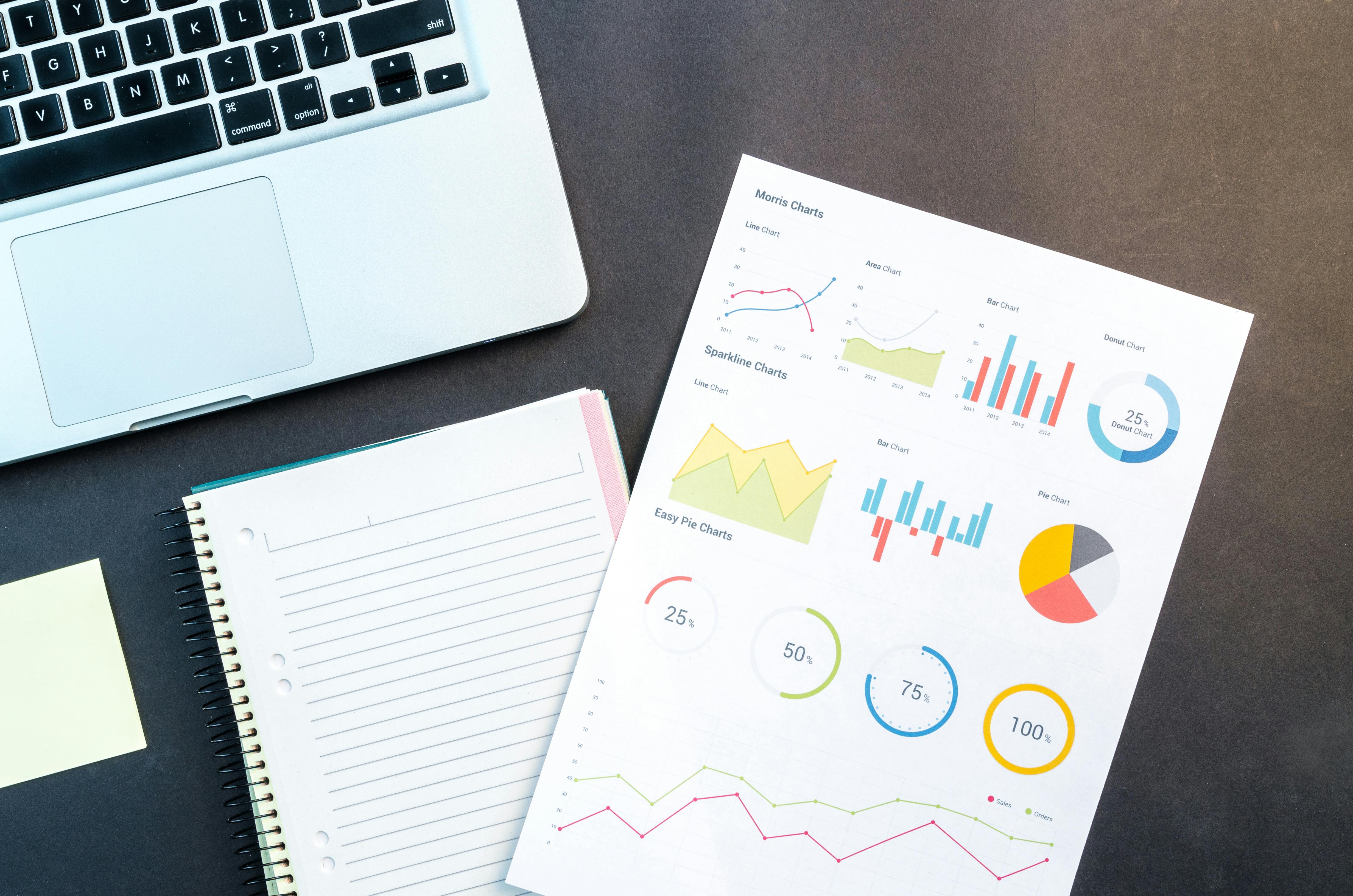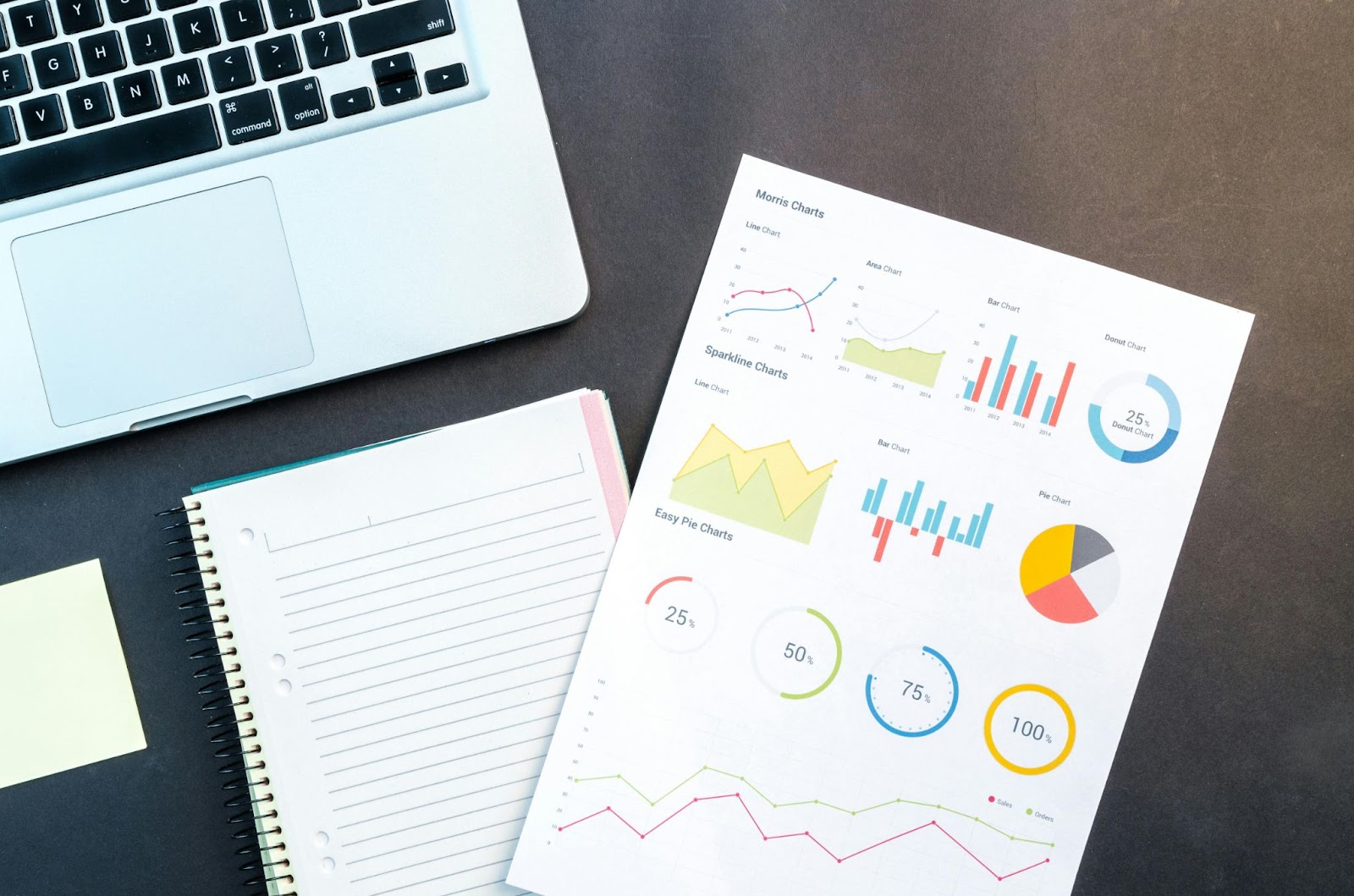Demand forecasting methods: Keys to optimize your business

Demand forecasting is a critical aspect of managing any business. It allows companies to anticipate their customers’ needs, optimize inventories, and improve resource planning. With accurate forecasting, businesses can make informed decisions that impact their profitability and efficiency. This article focuses on demand forecasting methods, their advantages, and how to implement them effectively.
What is Demand Forecasting?
Demand forecasting is the process of estimating the number of products or services that customers will need in a given period. This activity is fundamental to various areas, such as production, inventory, and logistics. Without adequate forecasting, companies can face problems such as excess stock or a lack of products, which can affect customer satisfaction and, ultimately, profitability.

Types of Demand Forecasting Methods
There are several methods for demand forecasting, which can be classified into two main categories: quantitative and qualitative methods. Each has its own advantages and disadvantages, and the choice of the appropriate method depends on the characteristics of the business and the market.
Quantitative Methods
Quantitative methods are based on historical data and use statistical techniques to make forecasts. These methods are ideal for companies that have a solid sales history and available data. Below are some of the most commonly used quantitative methods:
- Moving Averages The moving average method is one of the simplest and is used to smooth out fluctuations in sales data. It consists of calculating the average of sales over a specific period and using it as the basis for future forecasting. This method is useful for identifying short-term trends but may not be effective for drastic changes in demand.
- Exponential Smoothing Exponential smoothing is a method that assigns more weight to more recent observations. This makes it more sensitive to changes in the demand trend. There are different types of exponential smoothing, such as simple, double, and triple, each suitable for different data patterns.
- Linear Regression Linear regression is a statistical method that allows establishing a relationship between two or more variables. In the context of demand forecasting, it can be used to analyze how external factors, such as prices or promotions, affect sales. This method is useful for identifying long-term trends and making projections based on independent variables.
- Time Series Models Time series models are more advanced techniques that analyze patterns in historical data over time. They include methods such as ARIMA (AutoRegressive Integrated Moving Average) and seasonal models. These models are effective for capturing trends and seasonal patterns, making them ideal for companies with predictable demand fluctuations.
Qualitative Methods
Qualitative methods are less structured and are based on the experience and judgment of experts in the field. These methods are useful when sufficient historical data is not available or when new products are introduced to the market. Some of the most common qualitative methods are:
- Delphi Method The Delphi method involves gathering a group of experts on a specific topic and asking them to make forecasts about demand. Through several rounds of questions and answers, the aim is to reach a consensus. This method is useful for obtaining diverse perspectives and considering factors that may not be evident from quantitative data.
- Market Research Market research involves collecting information about consumer preferences and behaviors. Through surveys, interviews, and focus groups, companies can obtain valuable information that helps them forecast demand. This approach is especially useful for new products or markets.
- Expert Judgment Expert judgment involves professionals with experience in the sector making forecasts based on their knowledge and experience. This method is useful in situations where data is limited or when a quick assessment of the market situation is required.
Integration of Quantitative and Qualitative Methods
Combining quantitative and qualitative methods can provide a more comprehensive forecast. While quantitative methods offer objective data and statistical analysis, qualitative methods provide context and understanding of consumer behavior. By integrating both approaches, companies can improve the accuracy of their forecasts.
Advantages of Good Demand Forecasting

- Inventory Optimization: Accurate forecasting helps companies maintain optimal inventory levels, reducing storage costs and avoiding excess stock.
- Better Resource Planning: With adequate forecasting, companies can better plan their resources, including labor, production, and logistics.
- Increased Customer Satisfaction: By anticipating demand and ensuring products are available, companies can improve customer satisfaction and foster loyalty.
- Reduced Risk of Losses: Effective forecasting minimizes the risk of losses due to obsolescence, spoilage, or expiration of products.
Challenges in Demand Forecasting
Despite the advantages, demand forecasting faces several challenges:
- Variability in Demand: Demand can be influenced by seasonal, economic, and social factors, which can make forecasts inaccurate.
- Incomplete or Inaccurate Data: The quality of data is fundamental to accurate forecasting. Incomplete or inaccurate data can lead to poor decisions.
- Market Changes: The introduction of new products, changes in consumer preferences, or unforeseen events can quickly alter demand.
- Resistance to Change: Implementing new forecasting methods may face resistance from staff, especially if they are accustomed to traditional processes.
Strategies to Improve Demand Forecasting
- Investment in Technology: Using advanced forecasting software that integrates data analysis and machine learning algorithms can improve the accuracy of forecasts.
- Staff Training: Training the team in forecasting techniques and data analysis can help improve the quality of forecasts.
- Continuous Monitoring: Implementing a monitoring system that allows adjusting forecasts in real-time based on variations in demand.
- Interdepartmental Collaboration: Fostering collaboration between departments, such as sales, marketing, and production, can provide valuable information for forecasting.
Conclusion
Demand forecasting is an essential component of business management that directly impacts the efficiency and profitability of companies. By understanding the different forecasting methods, companies can select the most appropriate approach for their needs and improve their ability to anticipate market demands. The combination of quantitative and qualitative methods, along with the implementation of effective strategies, can lead to more accurate forecasting and, ultimately, better business performance.
With a well-executed demand forecast, companies will be better equipped to face market challenges and seize opportunities as they arise.

Subscribe to our newsletter and transform your management!
Receive updates and valuable resources that will help you optimize your purchasing and procurement process.